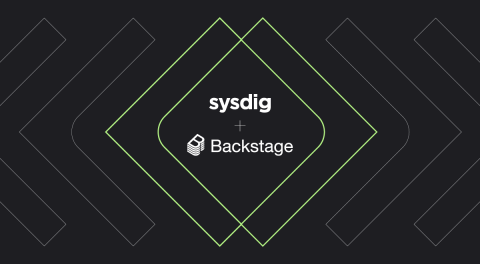Using webhooks to boost cloud-native application security
In the ever-evolving landscape of cloud-native applications built with containers and Kubernetes, webhooks serve as the communication backbone, facilitating seamless integration between various components, especially in the realms of security, networking, and troubleshooting. This is further amplified when combined with popular collaboration tools such as Jira and Slack.










